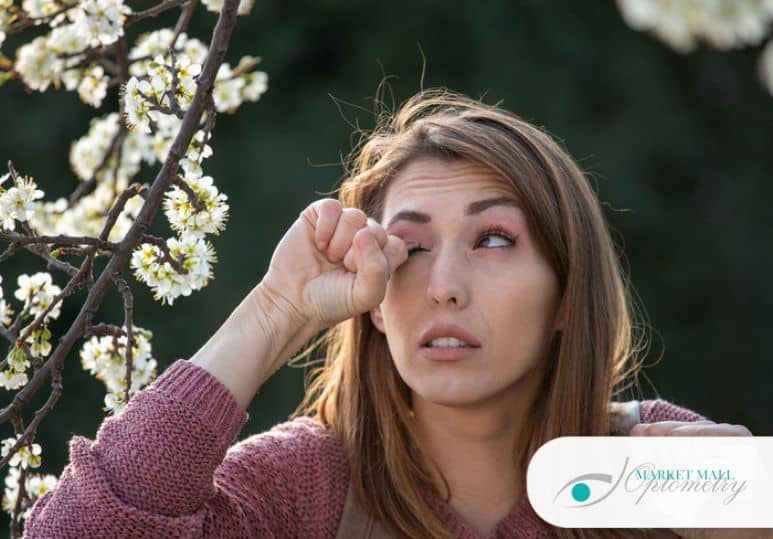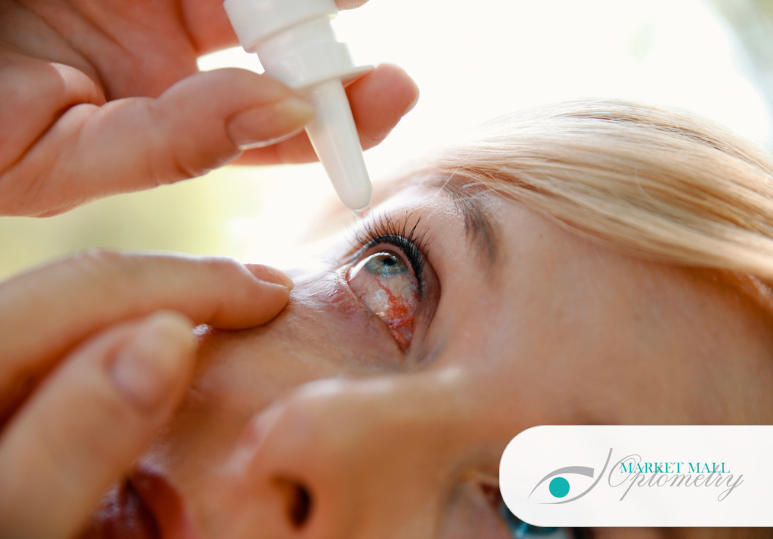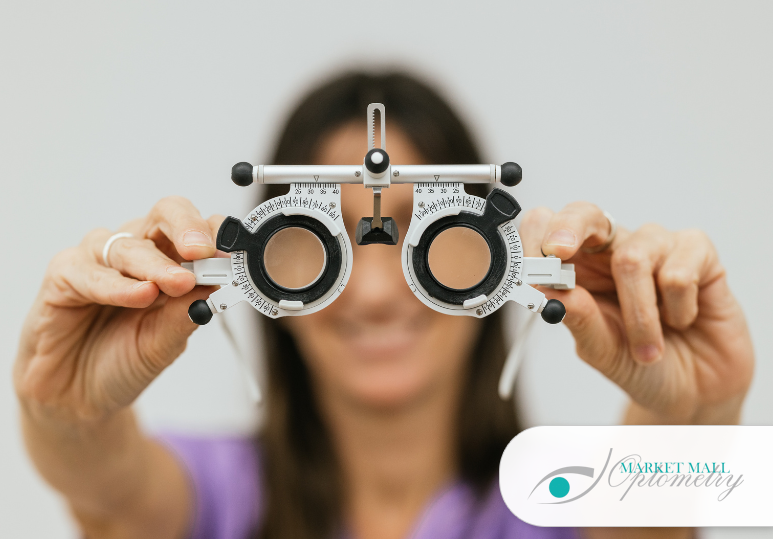Dry Eyes And Spring Pollen
What Is Dry Eye Syndrome?
Dry eye syndrome is a common condition that occurs when the eyes do not produce enough tears or when the tears evaporate too quickly. This can cause the eyes to become dry, irritated, and inflamed, leading to a range of uncomfortable symptoms, including:
- A feeling of grittiness or sand in the eyes
- A burning or stinging sensation
- Redness or swelling of the eyes
- Blurred vision or sensitivity to light
- Difficulty wearing contact lenses
What Is Pollen?
Pollen is a fine, powdery substance produced by plants as part of their reproductive process. It is carried in the air and can be inhaled or come into contact with the eyes, nose, or skin, causing allergic reactions in some people. Common sources of pollen include trees, grasses, and weeds, and the types of pollen that are most prevalent can vary depending on the season and location.
The Link Between Dry Eye and Pollen
Pollen can be a major trigger for dry eye symptoms, particularly during the spring when pollen levels are at their highest. When pollen comes into contact with the eyes, it can cause inflammation and irritation, leading to a decrease in tear production and an increase in tear evaporation. This can exacerbate existing dry eye symptoms or trigger new symptoms in people who have not previously experienced dry eye syndrome.
People who suffer from allergies are more likely to experience dry eye symptoms, as the same immune response that causes allergy symptoms can also lead to inflammation of the eyes and tear ducts. Allergic reactions can also cause the eyes to produce a substance called histamine, which can further exacerbate dry eye symptoms.
Managing Dry Eye Symptoms During Spring
If you suffer from dry eye syndrome, there are several strategies you can use to manage your symptoms during the spring:
- Minimize exposure to pollen: Try to avoid spending time outdoors when pollen levels are high, particularly on windy days when pollen is more likely to be airborne. Keep windows closed and use air conditioning to filter the air inside your home or car.
- Practice good eye hygiene: Wash your hands frequently and avoid touching your eyes, as this can transfer pollen and other irritants to the eye. Use a clean, damp cloth to wipe away any pollen that may have come into contact with your eyes.
- Use artificial tears: Over-the-counter artificial tears can help lubricate the eyes and provide relief from dry eye symptoms. Choose a brand that is preservative-free and use as directed.
- Consider allergy medication: If you suffer from allergies in addition to dry eye syndrome, your doctor may recommend allergy medication to help manage your symptoms. Antihistamines, decongestants, and nasal corticosteroids can all be effective in reducing allergy symptoms and relieving dry eye symptoms.
- Talk to your eye doctor: Book a comprehensive eye exam or an appointment at your dry eye clinic. Your eye doctor can help you develop a personalized treatment plan to manage your dry eye symptoms. This may include prescription eye drops, lifestyle changes, or other strategies to improve eye health and reduce discomfort.
Springtime Dry Eye Relief At Market Mall Optometry
Dry eye syndrome can be a frustrating and uncomfortable condition, particularly during the spring when pollen levels are high. By taking steps to minimize exposure to pollen, practicing good eye hygiene, and using artificial tears or allergy medication as needed, it is possible to manage dry eye symptoms and enjoy the beauty of spring without discomfort. If you are experiencing dry eye symptoms, it's important to talk to your eye doctor for a proper diagnosis and personalized treatment plan. By working together, you can find the right combination of strategies to help you manage your dry eye symptoms and enjoy a comfortable, healthy spring season.
Whether your dry eyes are year-round or seasonal, Market Mall Optometry can help reduce your dry eye symptoms. During an eye exam, a Calgary optometrist will determine the cause of your dry eyes and will create a symptom relief plan based on this. For comprehensive and personalized dry eye care, visit the dry eye clinic at Market Mall Optometry in NW Calgary or schedule an eye exam with one of our Calgary optometrists. You can contact Market Mall Optometry at 1-403-286-4884 or fill out the online contact form to set up an eye exam and see the world clearly again.
FAQ
Q: How do I know if I have dry eyes or not?
A: Common symptoms of dry eyes include:
- A stinging, burning, or scratchy sensation in your eyes.
- Stringy mucus in or around your eyes.
- Sensitivity to light.
- Eye redness.
- A sensation of having something in your eyes.
- Difficulty wearing contact lenses.
Visit your optometrist if you experience any of the symptoms listed above so you can begin treatment to restore your vision and help you see comfortably once again.
Q: What are other allergens that might cause dry eye symptoms?
A: Aside from pollen, dry eye-inducing allergens may include but are not limited to:
- Pet dander
- Perfume
- Mold
- Dust
- Cigarette smoke
- Diesel exhaust fumes
- Ragweed
Q: When should I see a doctor about my dry eyes?
A: While you may be able to manage your symptoms with over-the-counter treatments, it is always smart to get a professional opinion on how to treat your case and gain a better understanding of the condition.





